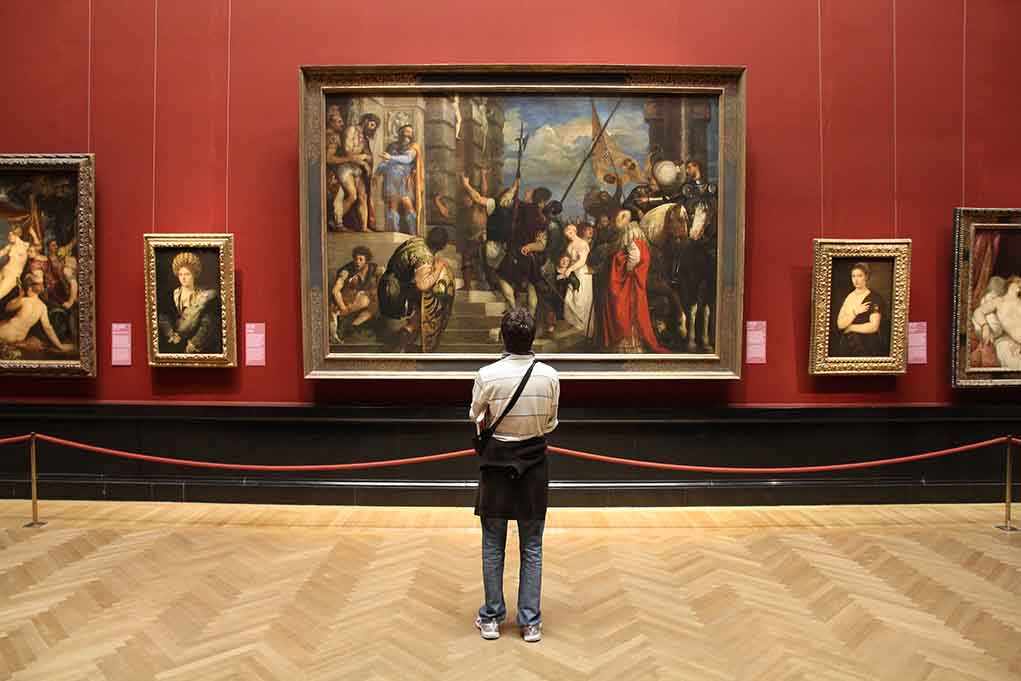
Red paint, hurled by climate activists at a Christopher Columbus mural under the cover of darkness, has reignited a battle over history, heritage, and the new frontiers of protest—raising the question: when does a monument become a battleground for the soul of a community?
Story Snapshot
- Climate activists defaced a Columbus monument in Waltham, Massachusetts, explicitly tying vandalism to environmental protest.
- The act was captured on video, amplifying its public impact and sparking renewed debate over Columbus’s legacy.
- Repeated vandalism since 2018 signals escalating tensions between activist groups and heritage organizations.
- The Italian American Alliance condemned the act, framing it as an attack on cultural identity and inclusivity.
Columbus Monument Defaced Again: More Than Just Paint
Overnight, red paint splattered across the Christopher Columbus monument in Waltham Common, Massachusetts. The act, caught on camera, was not a random outburst but a calculated move by climate activists. Their message: Columbus, and what he represents, stands at the intersection of colonial violence and environmental exploitation. The Italian American Alliance, custodians of the monument since its 1992 dedication, awoke to another round in a battle that has played out repeatedly since 2018. As the sun rose, the red paint—a color chosen for its symbolism as much as its shock value—was already being scrubbed away, but the stain on public discourse lingered.
Climate change activists vandalized one of the world’s most famous paintings of Christopher Columbus in the Naval Museum in Madrid today.
2 young female activists from “Futuro Vegetal” threw red paint over “First Tribute to Christopher Columbus” which was painted in 1892 on the… pic.twitter.com/Jh0yq8l4wX
— Visegrád 24 (@visegrad24) October 12, 2025
Social media ensured the incident would not disappear quietly. The video of activists in action spread quickly, transforming a local crime into a national flashpoint. The Italian American Alliance wasted no time issuing a statement, condemning the vandalism as an affront to both their heritage and their vision of inclusivity. For the Italian American community, the monument is more than bronze and stone—it is a symbol of cultural pride, hard-won and fiercely protected in the face of repeated attacks. For activists, the mural is a relic of colonial injustice, a tangible reminder of histories that, in their view, still shape environmental and social crises today.
Climate Activism and the War on Monuments
Climate activism has evolved, targeting not just pipelines and polluters but also the symbols and stories that underpin Western expansion. The Waltham incident is part of a broader pattern: activists across the U.S. and Europe have chosen red paint as their weapon of choice, aiming at Columbus monuments and paintings from Boston to Madrid. Their rationale is strategic—Columbus represents the dawn of colonial extraction, the very mindset they argue fuels today’s environmental crisis. This symbolic violence is intended to disrupt the comfortable narratives that shield these legacies from scrutiny.
Repeated attacks on the Waltham monument since 2018 reveal a sustained campaign, not a one-off stunt. Activists use spectacle to force a reckoning, but their tactics spark fierce backlash. Heritage groups accuse them of erasing history and deepening division, while activists insist that discomfort is the price of progress. The authorities, caught in the middle, respond with increased surveillance and promises of order, but the underlying tensions remain unresolved.
Cultural Identity, Protest, and the Struggle for Public Space
The Italian American Alliance’s response frames the incident as both a hate crime against their community and a threat to public inclusivity. Their stewardship of the monument is more than symbolic—it is a declaration that Italian Americans belong in the mosaic of American history, even as the meaning of Columbus himself grows ever more contested. For many, the monument’s repeated defacement is an attack on identity, a signal that cultural symbols are now open season in the culture wars.
Heritage organizations argue for context and dialogue, advocating educational plaques or reinterpretation instead of destruction. Critics of activist tactics warn that vandalism undermines constructive conversation and alienates potential allies. Some historians point to a long tradition of “damnatio memoriae”—the deliberate erasure of controversial figures—as a cautionary tale. They argue that public memory is best reshaped through debate, not defacement. Still, the activists’ perspective cannot be dismissed: in their view, direct action is the only way to pierce the inertia of institutional change.
Monuments as Battlegrounds: What Comes Next?
The Waltham incident’s aftermath is still unfolding. The monument remains, partially cleaned, but the scars of protest and counter-protest are accumulating. Community leaders call for vigilance and dialogue, but with each new act of vandalism, the chances of consensus seem to shrink. The debate has spilled into city council meetings and online forums, with proposals ranging from increased surveillance to the removal or reinterpretation of the monument altogether. No arrests have been reported, but the threat of further action hangs in the air.
This struggle is not just about one statue in one city. Across the nation, museums and public art institutions face mounting pressure to address controversial legacies, reassess security, and reimagine their role in an era of activist challenge. The costs—economic, social, and political—are mounting. The broader question persists: how should a community remember its past when the past is up for grabs, and who gets to decide what remains on public display?













